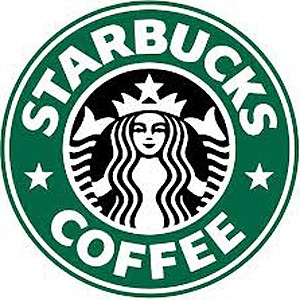A campaign for its closure has been brewing since early this year, when a television anchor complained that the American chain’s presence in the symbol of the Chinese nation was trampling on Chinese culture.
The outlet opened in 2000 prompting a media backlash so severe that the museum authorities considered revoking its lease after a couple of months. It has operated without the usual outward corporate Starbucks bunting in recent years.
“Starbucks shouldn’t be here. Why bring something so Western to an ancient place like this?” steamed an Australian tourist who gave his name as Justin.
The shop closed on Friday. By Saturday morning, newspapers covered the windows while a crew of workers set up a souvenir shop inside.
Eden Woon, Starbucks vice-president for Greater China, said the museum management had decided to introduce its own branded stores and merchandise after a year-long review.
Starbucks was offered the option to revamp the outlet as a “coffee shop” selling domestic coffee and other beverages alongside its own brew, but decided it wanted to maintain its own brand.
“We have always been in touch and on good terms,” Woon said.
“My understanding is the decision was amicable and not aimed at Starbucks.”
The company’s 3 000 international stores include 239 outlets in mainland China, where many competing coffee chains also sport a round green logo similar to the registered Starbucks logo.
Better lat(t)e than never
“It’s a shame. I would have enjoyed a coffee if they had it,” said Sarah from Texas, touring the palace on a cloudy summer weekend.
The rectangular Forbidden City, formally known as the Palace Museum, covers 74 hectares (183 acres) surrounded by a moat to the north of Tiananmen Square and has a fabled 9 999 rooms. It was listed by UNESCO as a World Heritage Site in 1987.
Its outer courtyards are lined with stalls selling trinkets, Olympics souvenirs and drinks, with a makeshift basketball court tucked to one side.
The Starbucks store was located inside the vast complex, where the museum management also operates cafes and eateries selling coffee, tea and beer.
“I don’t have a problem with Starbucks, because all the other coffee shops here already make it kind of commercial,” said Wu Haiying, who had traveled to Beijing to show the palace to her seven-year-old son.
“Why shouldn’t we adopt Western things that are good?”

